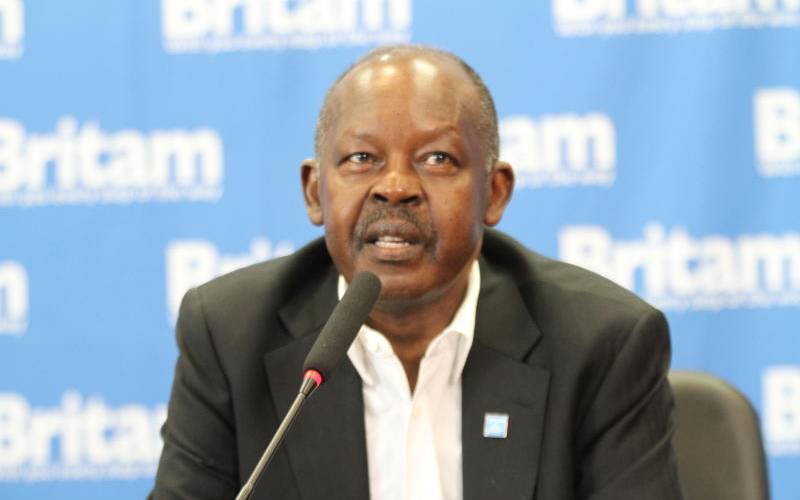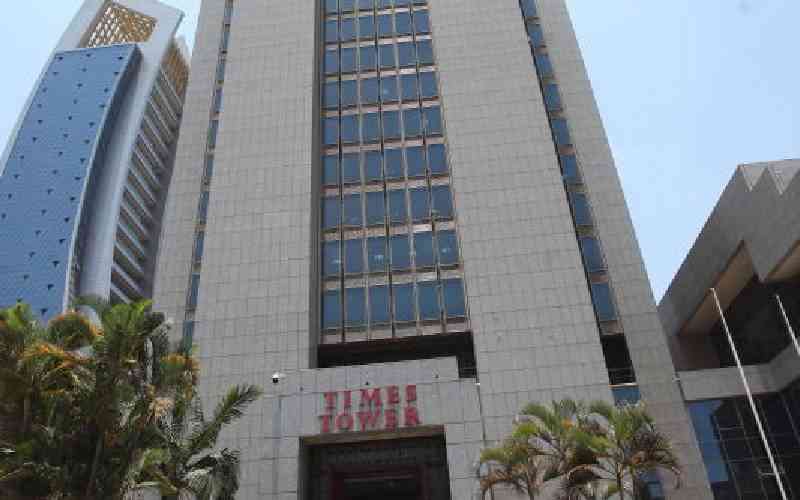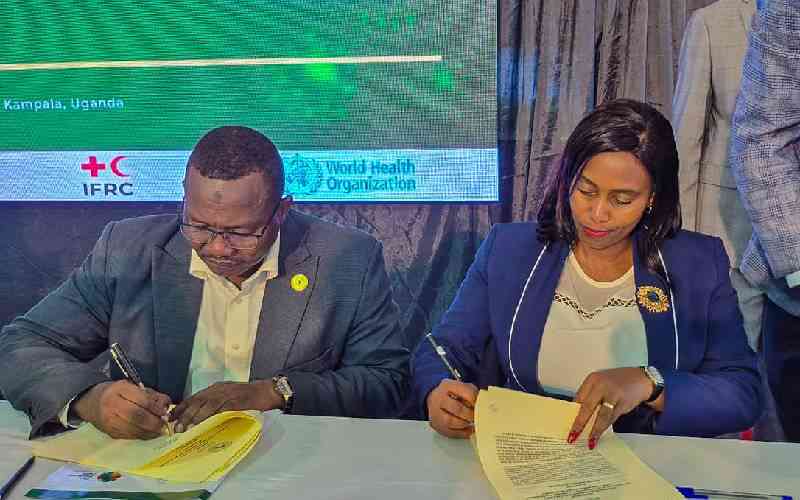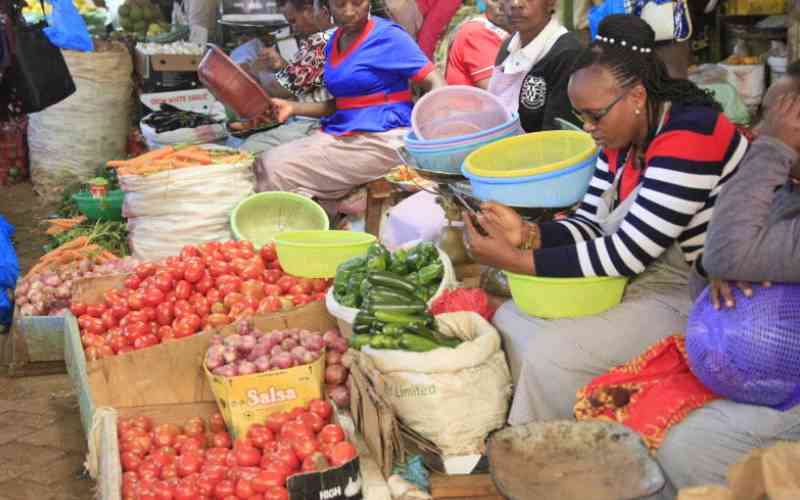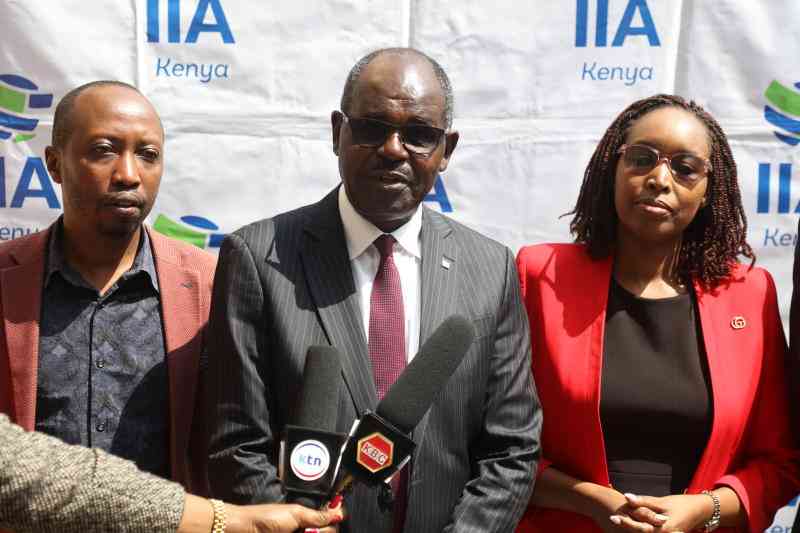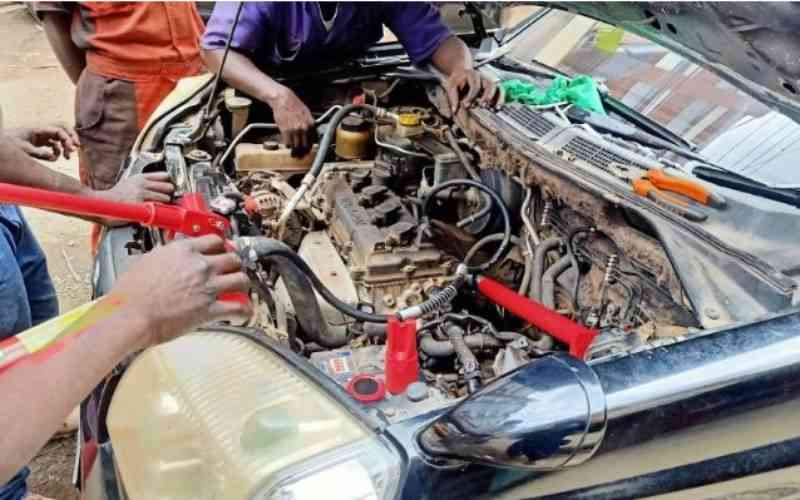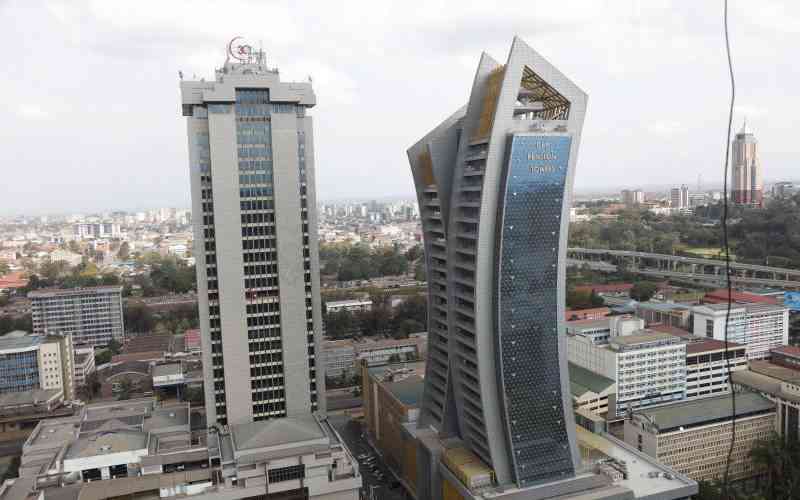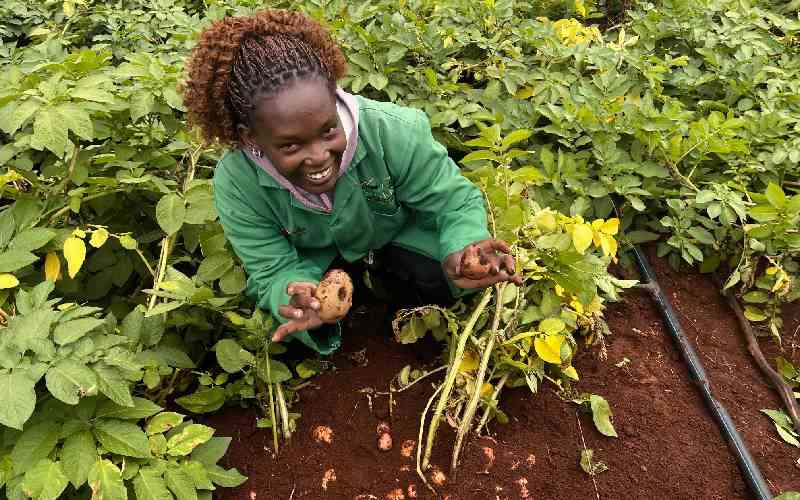
One Kenyan consumes more than 40 kilograms of potatoes per year. Potatoes are Kenya's second most important food crop after maize. However, over the years this important commodity has been affected by late blight, a disease that infects leaves, stems, and potato tubers. The disease spreads quickly in fields and can result in total crop failure if untreated.
However, there could be hope for farmers. Following this unending predicament that gained “fame” during the Irish Potato Famine of the 1840s, researchers at the Kenya Agricultural and Livestock Research Organisation (Kalro) are cultivating genetically modified (GM) potatoes that can resist the disease.
The project, which was tested across multiple trials, involves the insertion of a blight-resistant gene sourced from a wild potato relative into local Kenyan varieties. This genetic modification enables the plants to withstand Phytophthora infestans, the fungus responsible for late blight.
Dr Moses Nyongesa, a research scientist, says potato late blight leads to 30 per cent yield loss if no adequate control measures are put in place.
“To control the disease, the farmers have to rely on fungicides, which are costly and have health and environmental complications if not used appropriately. We deliver numerous tools making them available to farmers to increase the basket of choices among them, including biotechnology choices,” he says
The biotechnological choices are potatoes that are resistant to the notorious late blight.
“We now have a biotechnology potato variety that is under development at quite advanced stages now. The farmers will have no need to spray this potato variety. This will reduce the cost of production,” he says
On whether it will be available for licensing, Dr Nyongesa says that Kalro has a licensing agreement that is non-exclusive.
“It will be licensed to the seed companies to commercialize so that the seed is available to farmers who may demand them for growing. So it will not be exclusively licensed, “he says
Dr Miriam Mbiyu an agricultural research professional, says the potatoes have been inserted with a gene that confers resistance.
“With the biotechnology methods, we have been able to come up with a potato through the lab methods, where we have been able to harvest genes of resistance from the potato’s wild relatives, and we have inserted them into our local varieties. Some of the local varieties that we have been able to insert our genes of resistance that confer late blight resistance, a variety that is popularly known as shangi, asante and tigoni,” Says Dr Mbiyu
Dr Mbiyu reveals that they progressed the trials into the field for two seasons in three agroecological locations: Kiambu County, Nyandaro County, and Nakuru County, and concluded the confined field trials to prove whether the varieties or the events transformed are able to withstand late blight resistance.
Apart from resistance to late blight, what other differences do these GM potatoes have compared to the conventional potatoes?
“We have also carried out the nutritional composition analysis, proteins, carbohydrates, and the phenolic compounds; we were able to test about 13 of those nutritional compositions. In terms of the agronomic data that includes the vegetative and also the tubers, we were able to find out they were not different from each other,” Says Dr. Mbiyu
Stay informed. Subscribe to our newsletter
Process, then approval
“Once the technology is developed in the lab, which we did more than three years ago, it goes through the phase of proving the concept, making sure that it works.” Says Dr Moses Nyongesa
The trials are also done under controlled environments in a special plots called the controlled field trials managed by the National Biosafety Authority but the trials themselves are conducted by the researchers
Once the level of the confined field trials has been concluded. They wait for approval from the National Biosafety Authority. After the approval is given, there will be public participation
Then, the approval will be given for researchers to proceed to conduct National Performance Trials. They will be conducted in different locations across the country where potatoes are produced.
“We are hoping and looking to do this in six locations. In major potato-growing areas.So that we are now coming closer to where the farmers will interact with this potato variety,”
The tests are conducted by another government regulator called the Kenya Plant Health Inspectorate Service. Once the data from these National Performance Trials is assembled together and assessed, then the recommendation for variety release will be made based on those reports.
What is Biotechnology (GMO and Genome Editing)
Prof Douglas Miano, a Kenyan scientist-virologist and biotechnology expert, says biotechnology is using modern sciences to enhance the quality or the output of the products.
“The first part of bio, means processes, and technology means you're using science to improve the processes,” he says
Prof Miano explains that scientists can use genetic engineering, which results in GMO. Or even using modern techniques like genome editing.
What is the difference between genome editing and genetically modified organisms?
-In GMOs, scientists add genes from another species into a plant or animal. It's like borrowing DNA from one living thing and putting it into another.
GMO—for example, you are baking bread, and you add an ingredient from a different dish to improve the bread, i.e., make it taste different or prevent it from going bad faster. An act that could not happen naturally.
Genome editing—You are baking bread, but now you make changes by removing some ingredients i.e. reducing sugar or yeast, to improve the quality. It’s like editing a typo, just removing and not adding anything from outside.
“You are editing the genetic makeup of an organism, not necessarily bringing anything outside, but you are targeting an area where you think that by removing a letter or removing a few letters from the genetic code, then you have made the sentence change and given yourself a better product,” says Prof Miano
GMO controversy
In 2012 Kenya implemented a ban on importing and cultivating GMO crops due to health, environmental, and socioeconomic concerns.
In 2019 the ban was partially lifted to allow cultivation of Bt cotton, aimed at resisting bollworm pests.
In October 2022, the Cabinet announced the lifting of the decade-long ban permitting both GMO maize and cotton, to address food security amid severe drought.
Early 2023, a petition was filed pausing the rollout of GMO maize. Late 2023 to 2024: Courts largely dismissed early challenges. The Environment & Land Court (October 2023) and the High Court (November 2024) ruled that lifting the ban was lawful and backed by a robust regulatory framework.
On 7th March 2025: Court of Appeal overturned earlier rulings, lifting the ban imposed on the technology.
GMO misconception
Prof Miano says there’s a misunderstanding of the information, and therefore it leads to differences in interpretation.
National Biosafety Authority (NBA) acting Chief Executive Officer Nehemiah Ngetich, assures that GM technologies are not intended to replace existing options, but rather to offer additional choices.
"To Promote public awareness and education on GMOs and biosafety NBA implements a range of activities, including hosting annual biosafety conferences, producing and distributing educational materials, and organizing stakeholder workshops,"
During the opening ceremony of the Kenya National Research Festival on 18th August in Nakuru County, the Permanent Secretary, Science, Research, and Innovation, Prof. Shaukat Abdulrazak, said misinformation and disinformation is plenty when it comes to matters of science.
Prof Shaukat emphasizes that Kenya is a producer of technology and not just a consumer.
“It is unacceptable that 60-plus years after independence we are not self-sufficient in food. The solution is to embrace scientific innovation and technology. It is unacceptable that whatever we produce, 30-40 percent goes to waste, because of post-harvest losses, yet we have a technology you can be able to preserve food by using electron beam,” says Prof Shaukat
During the festival, the Agriculture and Livestock Development Cabinet Secretary Mutahi Kagwe, in a speech read on his behalf by a representative, emphasized building a knowledge-driven agricultural future. To get there, there are five interlocking pillars.
Sustainable and predictable research financing. Research must be recognised and treated as a strategic national investment. This means securing consistent public funding, leveraging blended finance models, and fostering catalytic partnerships with the private sector.
Universities move beyond theory and become active drivers of innovation. They must connect research to practice.
Support for innovation ecosystems and the effective management of intellectual property. We must create an enabling environment where local technologies are not only developed but also protected and commercialised.
Calls for locally informed, yet nationally aligned research agendas. County governments have a critical role to play in identifying and driving research priorities that reflect local realities.
